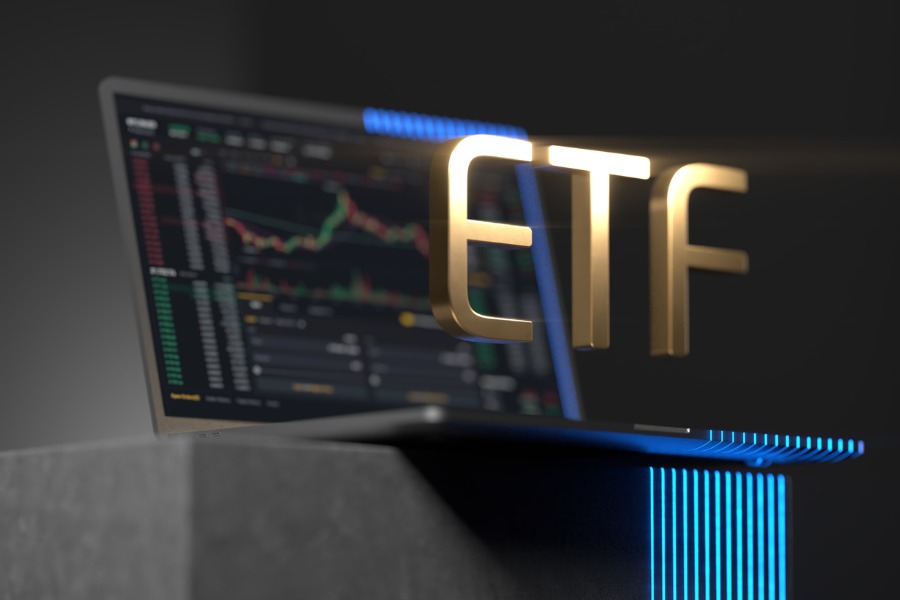

Among the big ETF winners after Jerome Powell’s dovish bonanza this week: Corporate debt teeming with interest-rate risk, homebuilders and regional banks.
Take the nearly $3 billion iShares 10+ Year Investment Grade Corporate Bond ETF (ticker IGLB), which raked in $134 million Wednesday, the biggest daily inflow since October 2020, data compiled by Bloomberg show. Set up in 2009, the fund has attracted net inflows of more than $600 million over the past year.
As the Federal Reserve embarks on its policy-easing agenda, investors are often drawn to corporate bonds to lock in higher yields before rates fall further, though an onslaught of companies rushing to sell debt ahead of the US presidential election threatens to weigh on valuations.
“The market has been anticipating a major rotation out of cash (money market funds) and into risk assets,” Winifred Cisar, global head of strategy at research firm Creditsights Inc. said in an email. “US IG is well-positioned to garner a solid share of that rotation as it’s viewed as a higher quality cash surrogate.”
Also bolstered in the immediate aftermath of the Fed’s decision were homebuilders and banks — two cyclical sectors that are sensitive to rates.
State Street’s SPDR S&P Homebuilders ETF (XHB) saw investors plow $146 million into the fund — the biggest daily inflow since March 2022 — boosting its assets to around $2.5 billion. The fund has attracted more than $400 million of net inflows in the past year.
The stalled housing market has been counting on a series of rate cuts to revive demand. The commencement of Wednesday’s rate-slashing cycle is expected to take the pressure off mortgage rates, while an August bounce back in new home construction was also positive for the space. Still, sales of existing US homes slumped last month, data Thursday showed, highlighting a persistent affordability challenge.
“We should gain better insight into the housing market with the release of August new home sales data next week, which better reflects the effect of current mortgage rates,” Barclays economists including Pooja Sriram wrote in a note.
Meanwhile, investors betting on local lenders poured $100 million into the $3.3 billion SPDR S&P Regional Banking ETF (KRE), its biggest intake for the month. While the fund notched four-straight days of inflows totaling $182 million, the ETF has suffered net outflows in the past year.
The risks have been stacked against smaller banks amid a backdrop of elevated rates, concerns over commercial real estate and volatile economic conditions, according to Zachary Hill, head of portfolio management at Horizon Investments.
“Regional banks have been a lagging part of the market since early 2023,” he said. “Now that interest rates are finally set to move lower, alleviating some of the pressure on deposit funding, investors are reevaluating how they are positioning within the banking sector.”

Executives from LPL Financial, Cresset Partners hired for key roles.

Geopolitical tension has been managed well by the markets.

December cut is still a possiblity.

Canada, China among nations to react to president-elect's comments.

For several years, Leech allegedly favored some clients in trade allocations, at the cost of others, amounting to $600 million, according to the Department of Justice.
Streamline your outreach with Aidentified's AI-driven solutions
This season’s market volatility: Positioning for rate relief, income growth and the AI rebound
